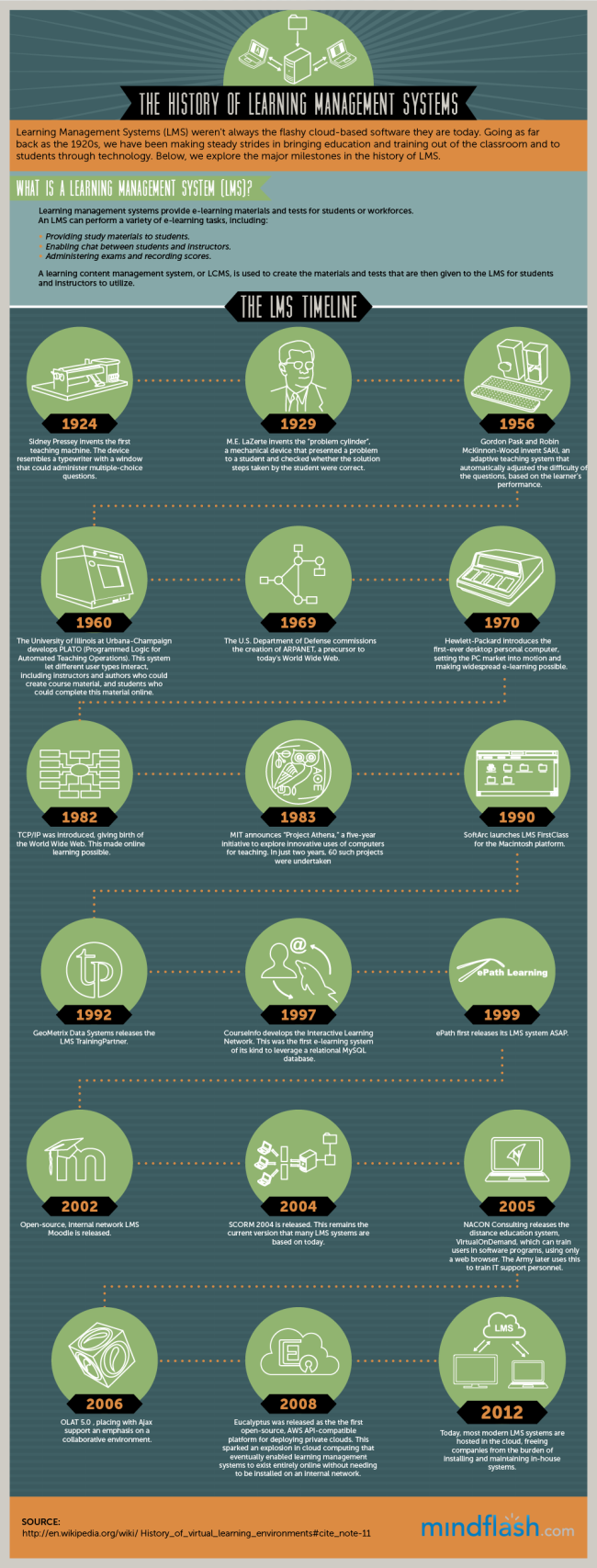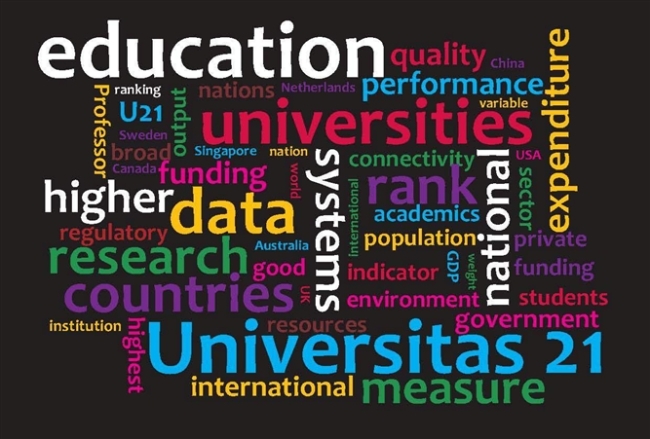 The purpose of flipping the classroom is to shift from passive to active learning to focus on the higher order thinking skills. In terms of Bloom’s revised taxonomy (2001), this means that students are doing the lower levels of cognitive work (gaining knowledge and comprehension) outside of class, and focusing on the higher forms of cognitive work (application, analysis, synthesis and/or evaluation) in class where they have the support of their peers and instructor.
The purpose of flipping the classroom is to shift from passive to active learning to focus on the higher order thinking skills. In terms of Bloom’s revised taxonomy (2001), this means that students are doing the lower levels of cognitive work (gaining knowledge and comprehension) outside of class, and focusing on the higher forms of cognitive work (application, analysis, synthesis and/or evaluation) in class where they have the support of their peers and instructor.
The flipped classroom provides avenues for teachers to become facilitators of learning and more away from the sage on stage approach to teaching.
The instructor remains available to students as a facilitator of resources, a resource who should frequently check students for understanding for their learning. The teacher, when necessary will provide guidance in how to process the information for a unit of study. The facilitator role in a flipped classroom changes dramatically in that the teacher becomes a source to student in how to better use the resources, process in information and how to apply the core concepts to real life situations.
Flipping a classroom brings many benefits. Flipping uses technology to remove passive, one-way lecturing as the only means of teaching. Thus, the instructor and students can interact within the newly gained instructional time. The increase of teacher-student interaction during class time is what characterizes its success. This model also makes differentiating instruction based on student’s needs easier because everyone does not necessarily need to do the same task.
Of course, as with anything, there are going to be some disadvantages to the flipped structure of learning as well. Just as classroom lecturing works better for some and doesn’t work for others, the flipped classroom method is not going to accommodate every individual perfectly. The biggest set back today to the flipped classroom method is that not all students and schools have access to technologies that can really work for this method.
Students from lower income areas and lower income families may not have access to the computers and internet technologies that the flipped classroom requires. The structure really hinges on every student having personal access to his or her own personal device. This simply is not the case for every student and every school district. Students who do not have personal home computers or access to the internet would be forced to use public computers at a library or at the school. This, to some degree, eliminates the personal and private experience of taking in the lecture. What makes having lectures as homework so powerful is that students can do it on their own time and in their own way. At a library computer or school computer time limits typically exist and access can be limited if it is busy. This is problematic.
Another downside to the idea of the flipped classroom that many people bring up is the fact that students would be spending all of their “homework time” plugged-in in front of a computer screen. Not only do not all students do well with learning from a screen, but this also adds to a student’s time in front of a screen and sitting sedentary. While this concern isn’t singular to the flipped classroom, the teaching concept doesn’t help our young students to get up and get away from their computers, televisions, and iPods.
Sources:
- http://cft.vanderbilt.edu/teaching-guides/teaching-activities/flipping-the-classroom/
- http://www.uq.edu.au/tediteach/flipped-classroom/what-is-fc.html
- http://www.facultyfocus.com/articles/teaching-with-technology-articles/understanding-the-flipped-classroom-part-1/
- http://digitalsandbox.weebly.com/flipped-classroom.html





